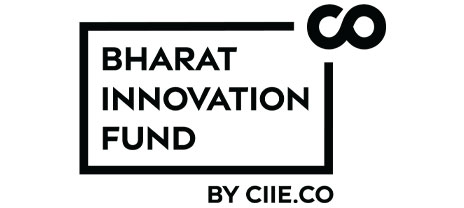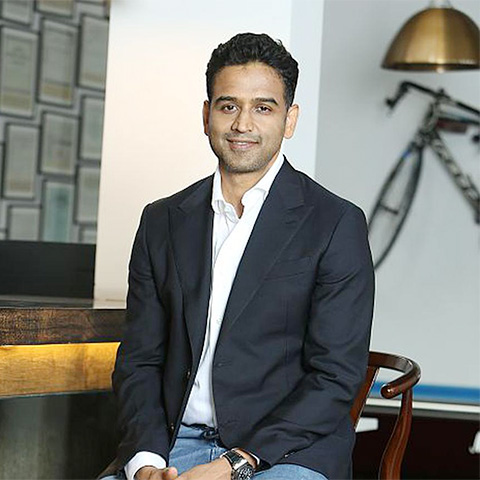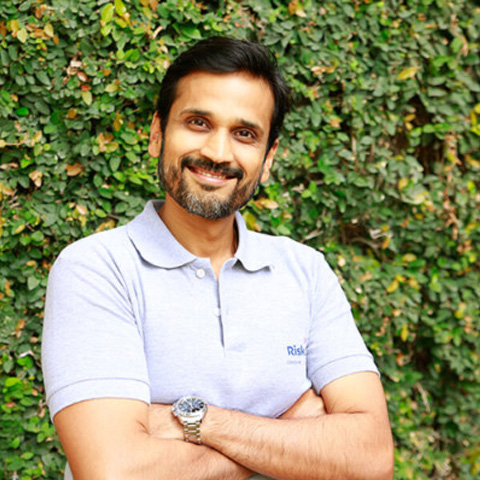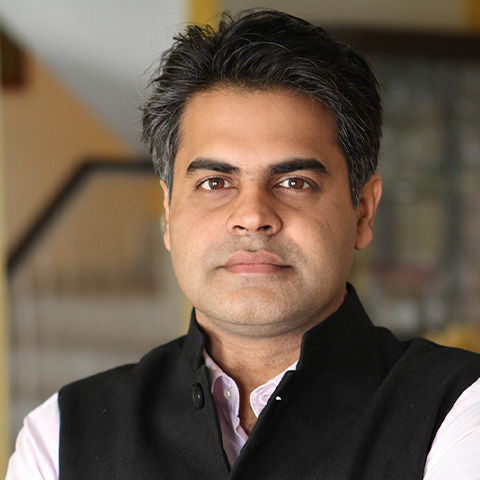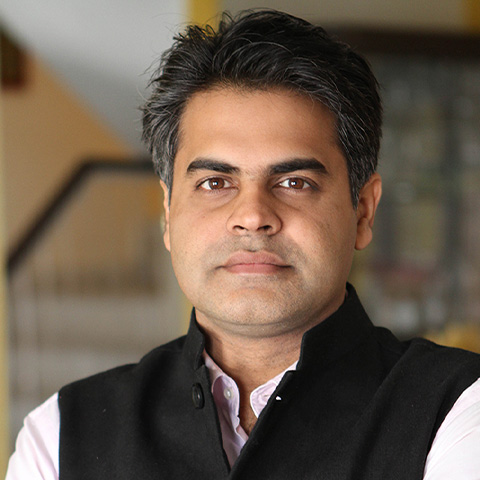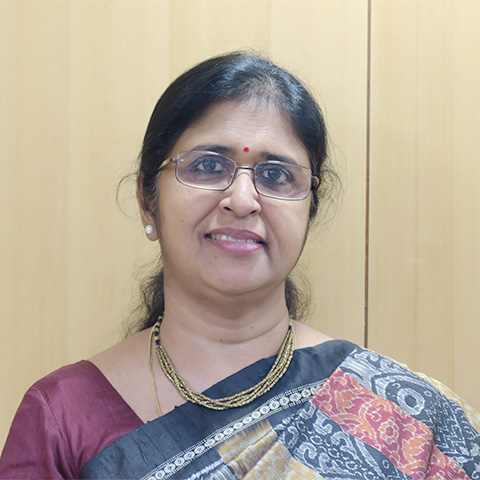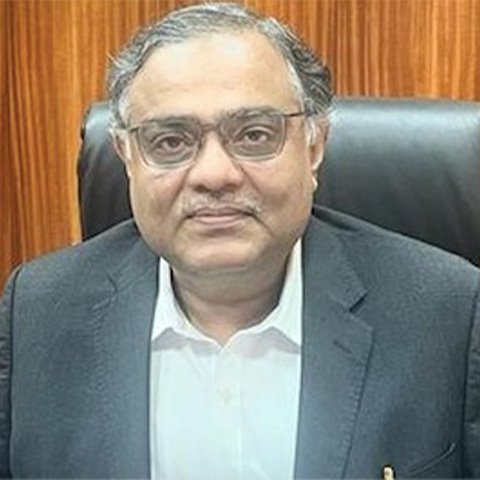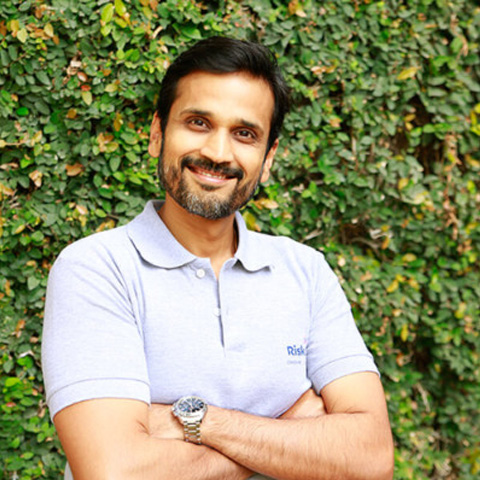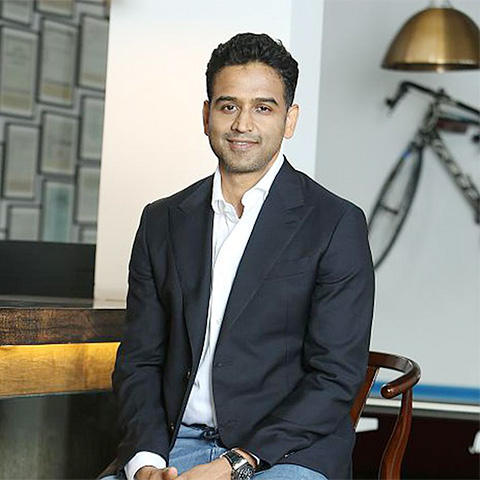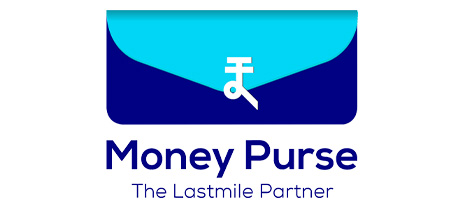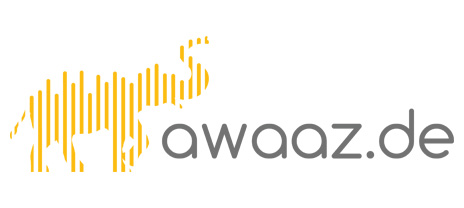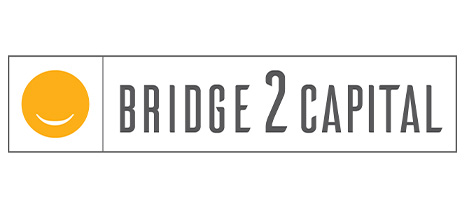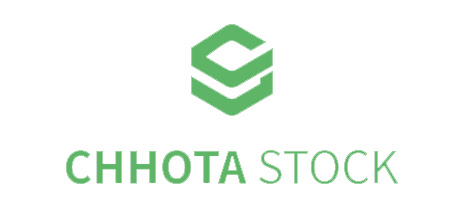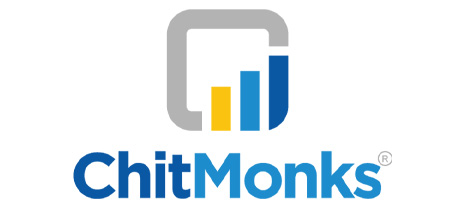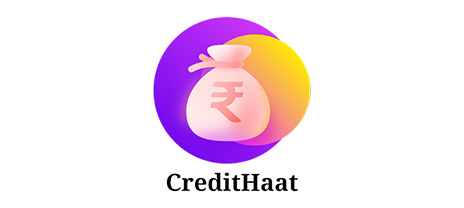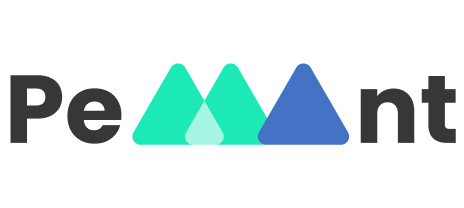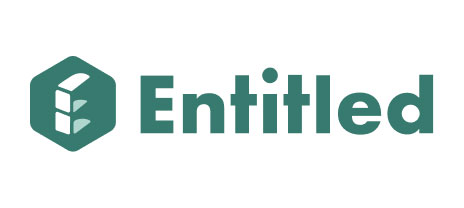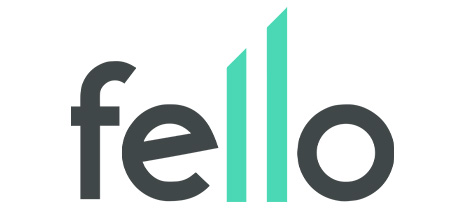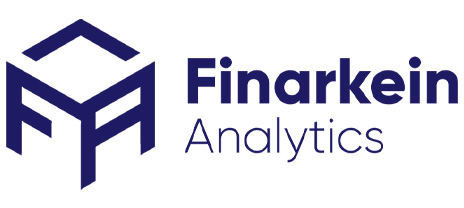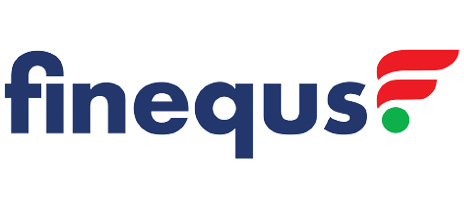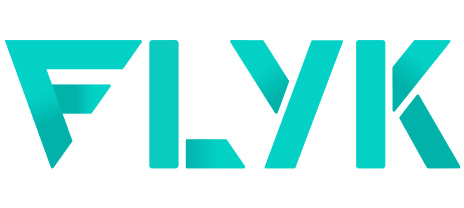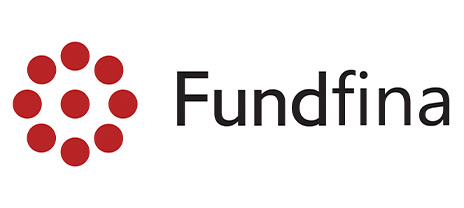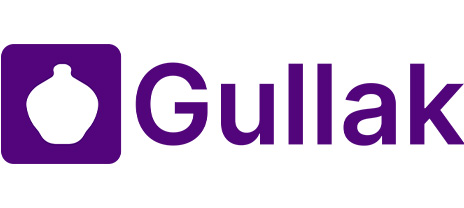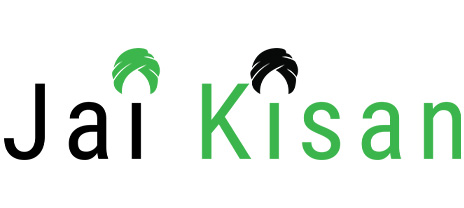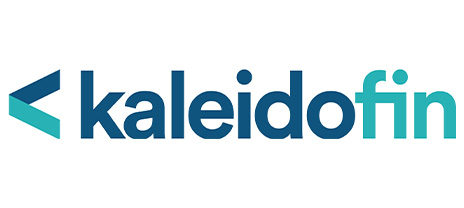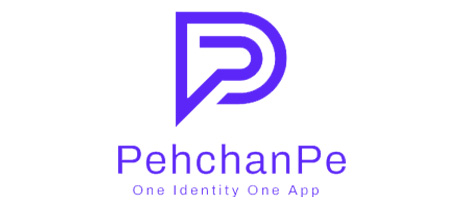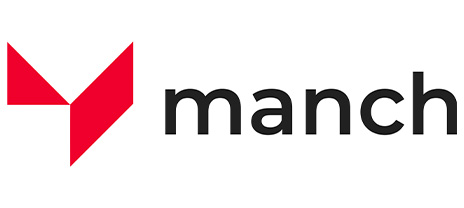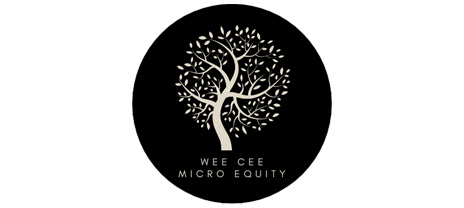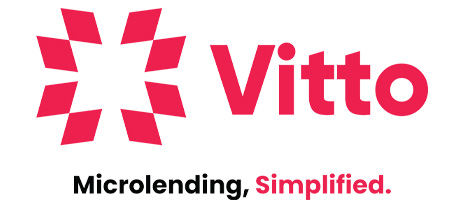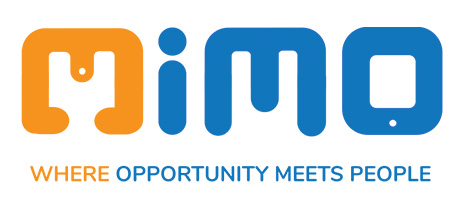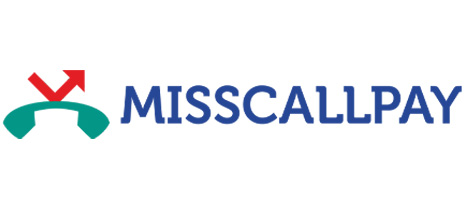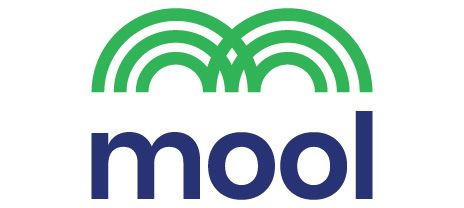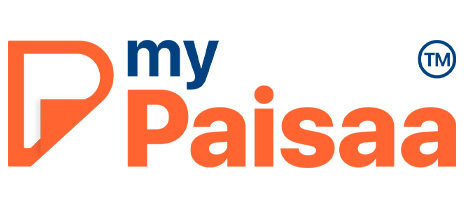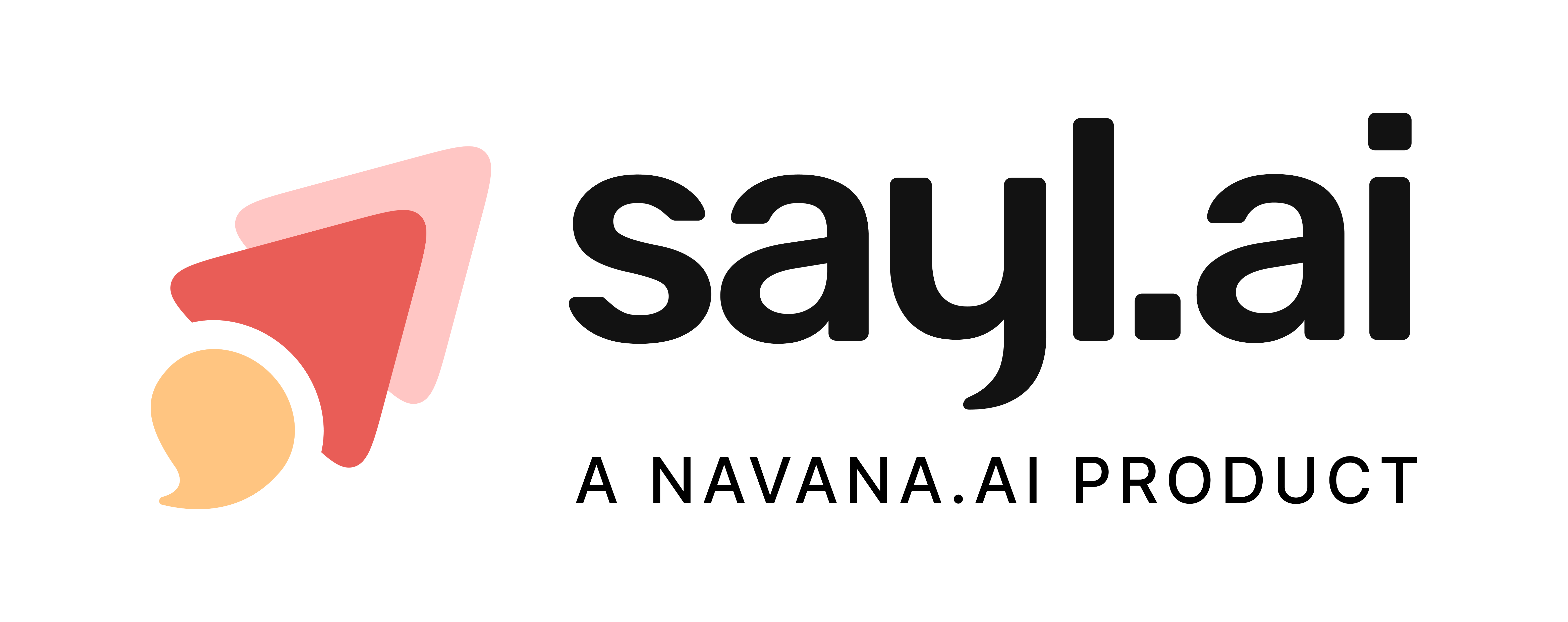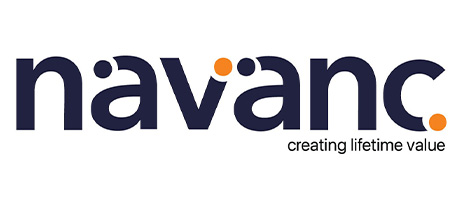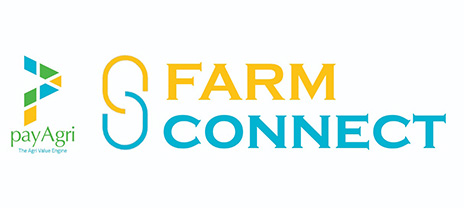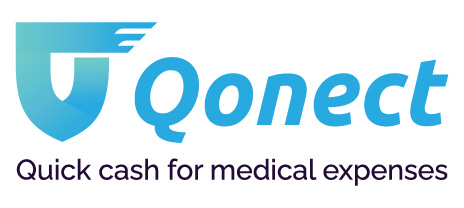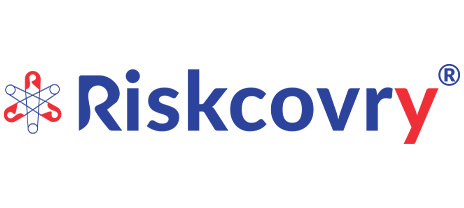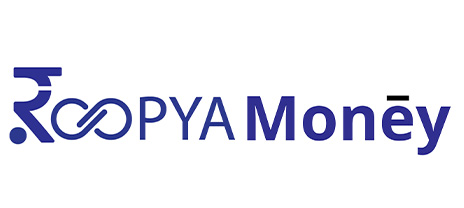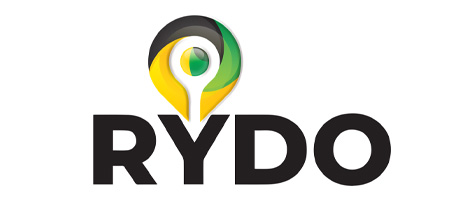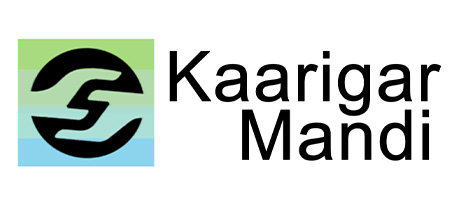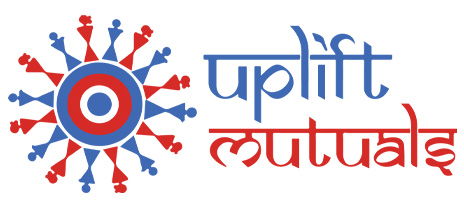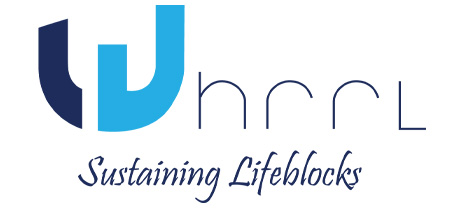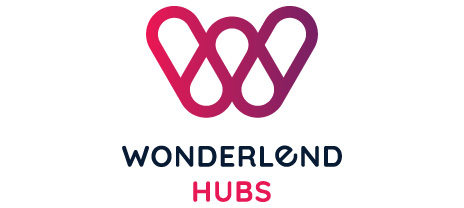| 9:00 AM - 9:30 AM |
|
| 9:30 AM - 9:55 AM |
|
| 9:55 AM - 10:35 AM |
|
| 10:35 AM - 10:45 AM |
|
| 10:45 AM - 11:45 AM |
|
| 11:45 AM - 12:00 PM |
|
| 12:00 PM - 12:45 PM |
|
| 12:45 PM - 13:45 PM |
|
| 13:45 PM - 14:45 PM |
|
| 14:45 PM - 15:00 PM |
|
| 15:00 PM - 15:45 PM |
|
| 15:45 PM - 15:55 PM |
|
| 15:55 PM - 16:55 PM |
|
| 16:55 PM - 17:05 PM |
|
| 17:05 PM - 17:50 PM |
|
| 17:50 PM - 18:00 PM |
|
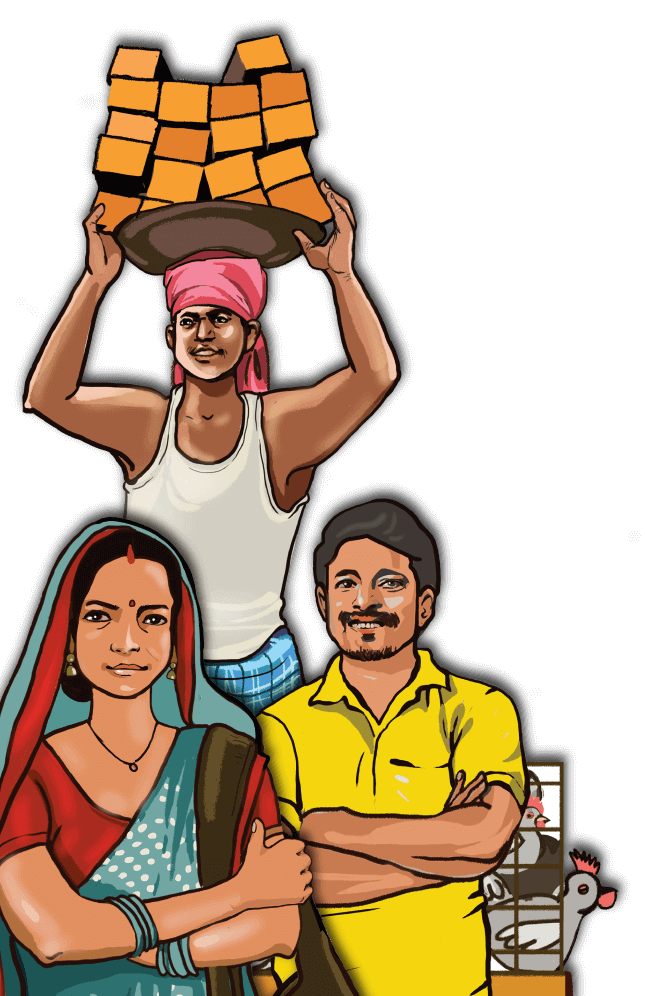
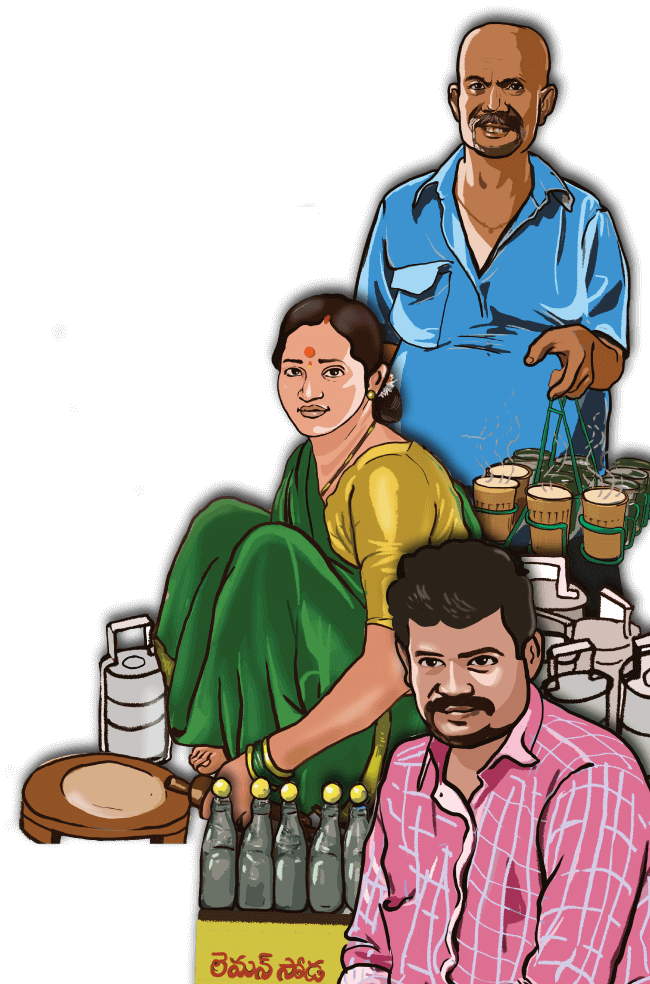




About
Bharat Inclusion Initiative (BII) is a full stack intervention aimed at addressing the hard challenge of financial exclusion in India. Designed and delivered by IIMA Ventures, BII is supported by the Bill & Melinda Gates Foundation, J.P. Morgan, MetLife Foundation, the Michael & Susan Dell Foundation, and Omidyar Network. The Initiative has had five key domains of work - evangelisation of inclusive fintech solutioning, incubation of novel innovations, acceleration of promising inclusive fintech startups, investing seed capital unlock impact at scale and research that encapsulates that entire journey from the customer to impact. In its tenure of five years, BII has delivered many firsts, all of which have been aimed at serving the low income customer and serving them better.
The Bharat Inclusion Summit is designed as a platform to reflect upon the lessons and deliberate on the way forward for inclusive fintech in India. These deliberations will take three forms - carefully curated panel discussions, forward-looking fireside chats, and intensive product design workshops. In addition to a stellar speaker line-up, the Summit will also create intentional spaces for networking and collaborations to be germinated among players in the inclusive fintech ecosystem.
Incubated Promising Ideas
Accelerated Inclusive Fintechs
Invested in Ready-for-scale Startups
Conducted Research Studies
The supported startups have
Served Customers
Raised in funding
Tracks & Sessions
Customer
Bring the customer firmly into the center of conversations around financial products and solutions for the Bharat market and draw insights to deepen the access and usage of these products by the underserved.
Read MoreEnabler
Explore how scale for fintechs and consequently access to financial services for Bharat can be significantly enhanced through new business models, emerging technology platforms, right partnerships and access to smart capital.
Read MoreFuture
Probe the next frontiers of financial inclusion in the context of emerging technology platforms and upcoming digital currencies and juxtapose that against the unmet and evolving needs of the Bharat customer and the looming climate crisis.
Read MoreSessions


Moving from Gender Neutral to Gender Intentional - How can fintechs start serving women better?
Panel
View More
Focus on serving Rural Women
Financial inclusion, as measured by availability, access and usage of financial products, is skewed away from women. While there is emerging evidence of the impact of gender balancing of distribution channels on women’s inclusion, is that all that is required? In the context of fast evolving Indian fintech landscape, what will it take to ensure that women as customers are seen and served by fintechs?

How can technology aid the scale up of access to credit and insurance for smallholder farmers?
Panel
View More
Role of fintech to fill credit and insurance gaps for smallholder farmers
Affordable credit and insurance can provide essential safety net for smallholder farmers who are highly vulnerable to vagaries of climate and market. However, financial institutions are yet to efficiently create access and accurately appraise these farmers due to lack of reliable data, limited collateral, high transaction costs among various other reasons. Against the backdrop of the institutional push in the direction of FPOc/FPCs and cooperatives, how can AgFintechs improve access to affordable credit and insurance in an integrated, timely, and efficient manner especially for the smallholder farmers?

Micro-merchants: Bridging the Working Capital Gap
Panel
View More
What needs to be done to address small credit/ working capital needs of micro merchants?
Over 95% of the 64 million MSMEs face steep barriers in accessing formal credit, especially in the range of INR 100 to 300 K. While there are emerging solutions, the transition from asset-based lending to cash flow-based lending is still unfolding. The high cost of user acquisition and servicing, coupled with the need for more suitable partnerships, has impeded this transition. With the fast changing digital lending ecosystem and regulatory landscapes, how can fintechs rethink their offerings for micro-merchants to serve them better?
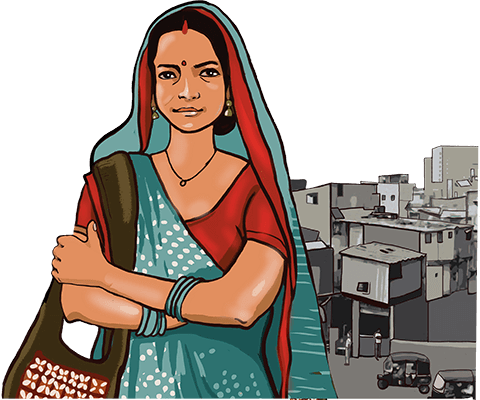
Customer Protection: Building a Responsible Digital Payments Ecosystem
Fireside Chat
View More
Is there a necessary trade-off between ease of user flow and customer protection?
With the stabilising of a hugely successful payments platforms comes the need to have scalable systems that continuously monitor and counter fraud. This needs to be done while continuing to innovate and enable new use-cases. How can user experience and customer protection find a fine balance? What are the fundamentals of building and maintaining trust, especially amongst the less digitally-savvy and vulnerable customers?

What would it take to build a full-stack bank/financial institution in India?
Fireside Chat
View More
What would it take to build a full-stack bank/financial institution in India?
We will surface insights and learnings on how to build and scale up a modern, full-services, digital bank from the grounds-up and how can the banking sector get transformed through tech and a customer-first mindset.

Designing for Bharat
Workshop
View More
How should user experience be designed when building interfaces for the lower-income segments?
When building for underserved segments, product builders create customer journeys and interfaces that may be ill-suited for the needs of the target customer. To what extent can principles of behavioral finance and customer centricity be applied to aid building better user interfaces? There has been some proof in BII's work with over 50 inclusive startups. These lessons can be applied across products to generate tangible business outcomes such as faster onboarding, improved conversions, reduced dropouts and more.
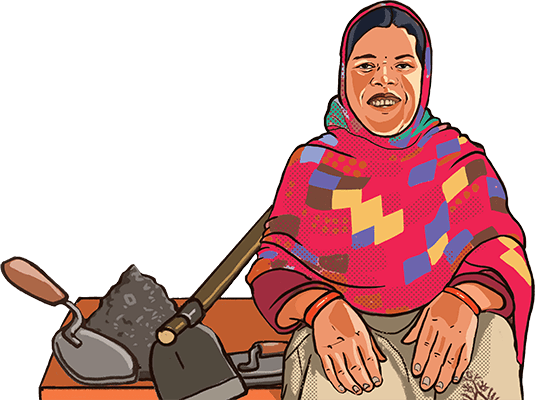
Designing product flows for digital financial products for women
Workshop
View More
How shall fintechs design products that are intuitive for women customer segments?
Fintechs aiming to build products for the women customer segments are often limited to design of the backend product structure. While there is emerging data and insights on this customer demographic, there aren't playbooks that can aid design of customer flows for digitally delivered products. How can fintechs design the UI/UX to make the flow intuitive for the women customer groups?

Accelerating Financial Inclusion through Embedded Finance
Panel
View More
Deep integration with businesses and supply chains to drive financial inclusion's next phase
Payments have already become invisible, rest of finance is soon to follow. Be it a farm, dairy, MSME, merchants, or gig workers- financial access is getting deeply integrated into the daily operations of a business. Embedded finance improves operations but, more importantly, makes customers visible and leverages limited data to underwrite financial products. Is embedded finance a way forward to a more inclusive India? What are the challenges? What should we watch out for?

Standing with the Giants: How might fintech-corporate partnerships work to boost financial inclusion?
Panel
View More
Standing with the Giants: How might fintech-corporate partnerships work to boost financial inclusion?
The best of fintechs don't work in isolation. They often partner with corporate houses to co-innovate, pilot and distribute products at scale. On the other hand, some of the most future ready large corporates swear by innovation and entrepreneurial drive. Many have innovation teams or liase with organisations that add innovation to the product portfolio. What will it take to catalyse more partnerships between corporates and fintechs so as to scale the access and usage of relevant fintech products among low income groups?

Scaling Zerodha: Lessons on Building for Bharat
Fireside Chat
View More
Learning from successes in inclusive fintech in India and the rest of the world
There are many lessons that large Bharat-focused fintechs have gathered building and scaling a business in market that has been traditionally considered hard to service. Investors that have backed inclusive fintechs also swear by some lessons that may immensely benefit early stage fintechs building for the Bharat market. This Fireside Chat will delve into these themes - how is scale different across sectors and products categories? Are there lessons to borrow from other emerging markets like SEA or Bangaldesh?
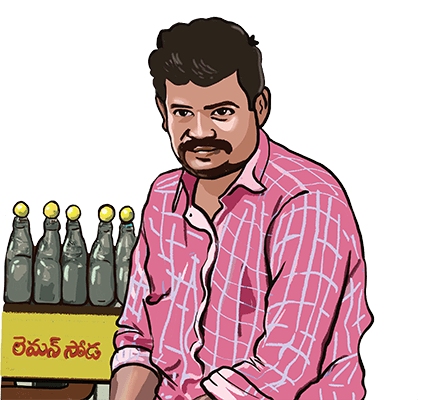
CBDC and the Future of Finance in India
Fireside Chat
View More
How can the private sector leverage CBDC to serve low and middle income customers?
Globally, central bank digital currencies are considered as a promising mechanism to boost financial inclusion of the unbanked. In India, the far reaching presence of the Pradhan Mantri Jan Dhan Accounts have brought millions into the fold of formal banking systems. However, usage of bank accounts and access to other relevant financial products like insurance continue to be low especially among the low income groups. In this context, what is the envisaged role of e-rupee in boosting the financial inclusion as well as financial well-being of the low income groups in India.

Next Frontiers of Financial Inclusion
Fireside Chat
View More
What could be the next orbit change in financial inclusion of Bharat?
New technologies and the unique digital public good platforms have had significant impact on the direction and pace of financial inclusion in India. With newer platforms created and improved deep tech capabilities, what forms will the next set of fintechs need to take to serve and benefit Bharat? What are the current and newer challenges that the fintech ecosystem will need to navigate to remain relevant to Bharat customers and grow to serve their current needs?

What role will fintech play in building resilience against climate risks for Bharat?
Panel
View More
What are the top climate-linked vulnerabilities of Bharat that need to be solved for using finance?
Climate is impacting humanity beyond comprehension. Many sectors like agriculture, fisheries, are bearing the direct impact of climate change. Many of these sectors also employ the people of Bharat. What new types of entrepreneurial solutions will be needed (parametric insurance, new savings products, cheaper physical products for heating, cooling) to de-risk Bharat from climate impact? What equity/debt financing will be required to scale-up these solutions?

Speakers
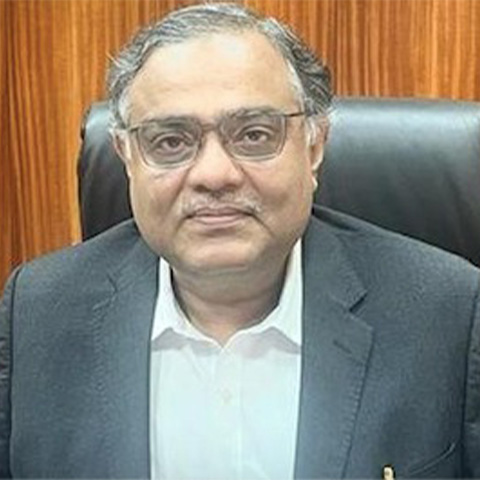
Ajay Kumar Choudhary
Executive Director,
Reserve Bank of India

Vijay Mahajan
Secretary & CEO,
Rajiv Gandhi Foundation
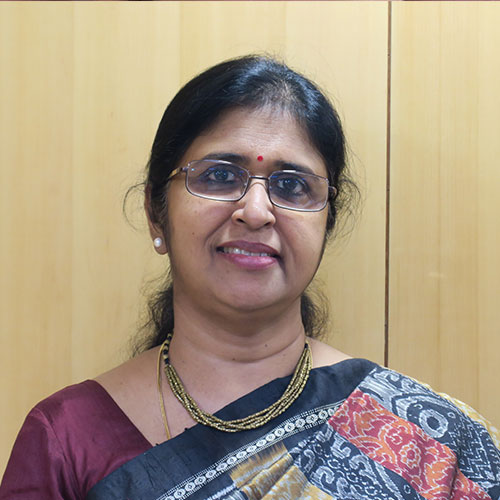
Suseela Chintala
Chief General Manager,
NABARD

Agenda
Partners
Supported by

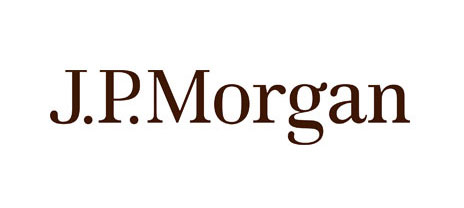
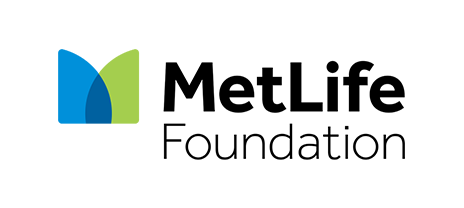
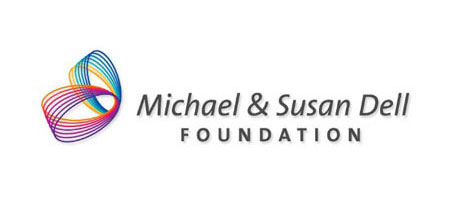
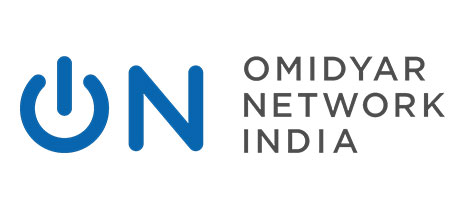
Financial Inclusion Lab Partner
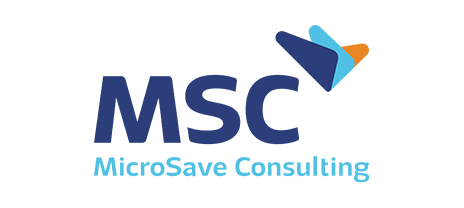
Knowledge Partner

Ecosystem Partner
